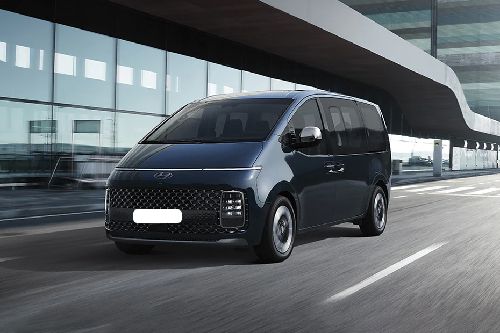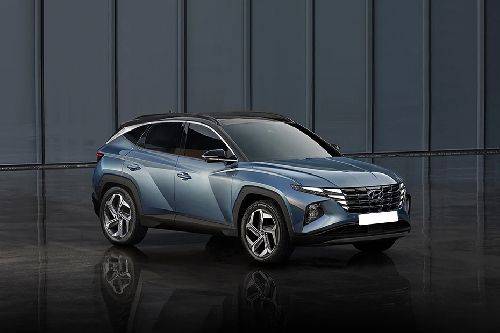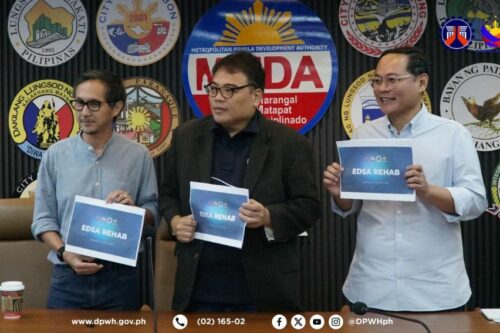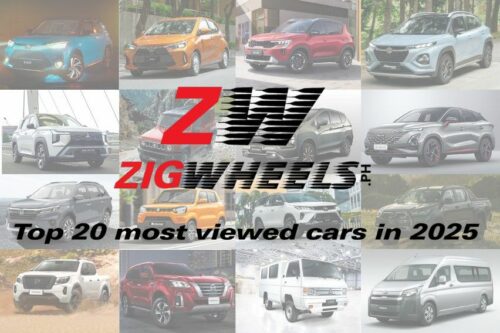Hyundai unveils its new Continuously Variable Valve Duration tech

MANILA: The Smartstream G 1.6-litre turbocharged four-cylinder T-GDi engine that powers the 2020 Hyundai Sonata is the first mill to be benefited from the South Korean automaker’s brand-new Continuously Variable Valve Duration (CVVD) technology. More Hyundai and Kia models will follow the suite in the near future.

Thanks to the driving condition subordinated regulation of the duration of valve opening and closing by the CVVD, the process results in a 12% decrease in the emissions along with a 4% increase in performance and a 5% improvement in fuel efficiency. Unlike Hyundai’s CVVD, conventional four-stroke internal combustion engines use either Continuously Variable Valve Timing (CVVT)
or Continuously Variable Valve Lift (CVVL). Both the CVVT and CVVL are not capable of regulating the valve duration. The reason being the valve’s opening timing controlling the valve’s closing timing as well. However, in the case of Hyundai’s CVVD, the duration for which the valve stays open is adjusted according to the driving conditions.

So, how does the system work? Well, when the car is cruising at high speeds, less amount of power is needed, and in that situation, CVVD opens the intake valve from the middle to end of the compression stroke. As a result, compression resistance is reduced and fuel efficiency is improved. In the situation when there is a high demand for power, the intake valve is closed at the beginning of the compression stroke. This results in higher usage of air during the fuel combustion. The torque, hence, is increased.

Speaking more of power, the Smartstream G 1.6-litre turbocharged four-cylinder T-GDi engine makes good 180 hp of maximum power and a peak torque of 264 Nm. While the friction inside the engine is reduced by up to 34%, thanks to the low-friction parts, the Thermal Management System helps in cooling or heating the mill quickly to its optimal operating temperature.

The mill also gets Low-Pressure Exhaust Gas Recirculation (LP EGR), which reduces the emission of Nitrogen oxides by returning a part of the gas burnt back to the combustion chamber. A cooling effect is generated by the return of the gas into the combustion chamber and hence, the emission of Nitrogen oxides is reduced. Moreover, the burnt gas is also sent to the turbocharger.
Also Read:- Hyundai Dream Center Philippines sets best practice global standards
Sell your car at the best price
 Verified and genuine buyers
Verified and genuine buyers
Hyundai Car Models
Trending & Fresh Updates
- Latest
- Popular
You might also be interested in
- News
- Featured Stories
Hyundai Featured Cars
- Latest
- Upcoming
- Popular
Latest Hyundai Car Videos on Zigwheels

Hyundai Car Articles From Carmudi
- journal
- financing
- insurance



































































